I needed to see a train. Not just any old carriage but one which might have been used by a Yorkshire lady in 1863. York and trains can mean only one place: the National Railway Museum, so off I went in search of a small cog in the great wheel of railway history.
Over the previous year, I’d spent most of my time in the company of a woman who’d been dead for over a century – Miss Jemima Morrell from Selby. She had taken part in Thomas Cook’s first conducted tour of Switzerland, a tour that launched mass tourism abroad. Using her travel journal, I’d re-traced the route across the Alps, mainly by train but also by boat, by bus and on foot. I knew where she’d been and what she’d seen, but something was missing.
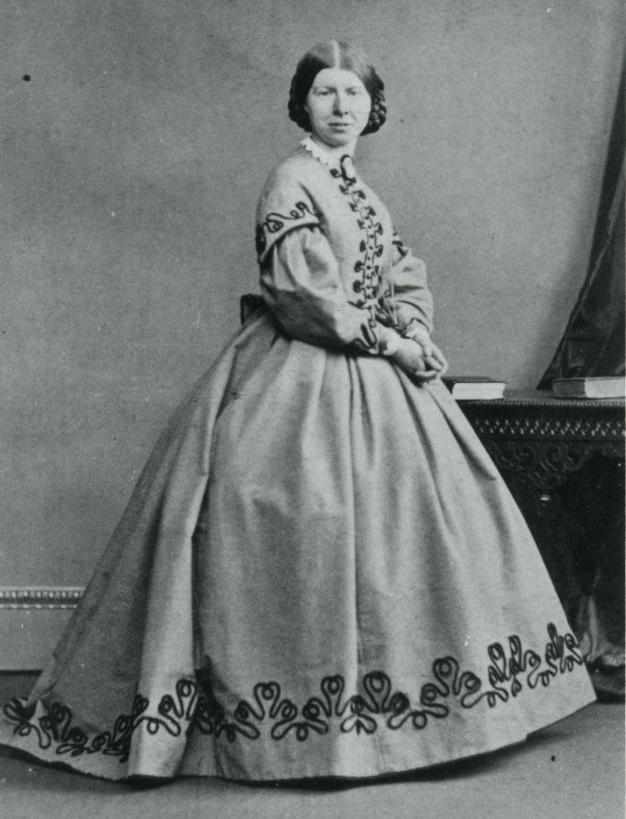
I already had some great facts. In Switzerland, I discovered that in 1850 the Swiss government invited Robert Stephenson to design a new national rail network (which is why Swiss trains still run on the left). In the Cook archives in Peterborough, I found out that train travel was then a modern wonder but painfully slow by our standards – six hours to cover the 120 miles from London to Lincoln. In the guidebooks of Miss Jemima’s day I read that smoking carriages were attached to every train and that they were for gentlemen only. But I still needed some colour, a picture of what it was like to actually travel by train back then.
First stop was the Swiss Transport Museum in Lucerne, a delight for anyone fascinated by trains, planes, boats and cars. Wonderfully for me, it still had the steamship that the Cook group used to cross Lake Lucerne; unfortunately it didn’t have my train carriage. In fact there wasn’t much from that period at all. The problem was that Switzerland came very late to the idea of train travel (and has been making up for it by being punctual ever since). Back then it was still a rather poor country with a new single currency, a weak federal government and fractious cantons that couldn’t agree on much. So in the mid-1860s Switzerland still only had 650km of train tracks, compared with over 5,000 today.
It was clear that although most of Miss Jemima’s journey was in Switzerland, it was the British who were then the world leaders in train travel. If I wanted to know more I’d have to go back to the start of the line. So I hopped on a train to Blighty, and headed north to York. And found (almost) exactly what I needed.
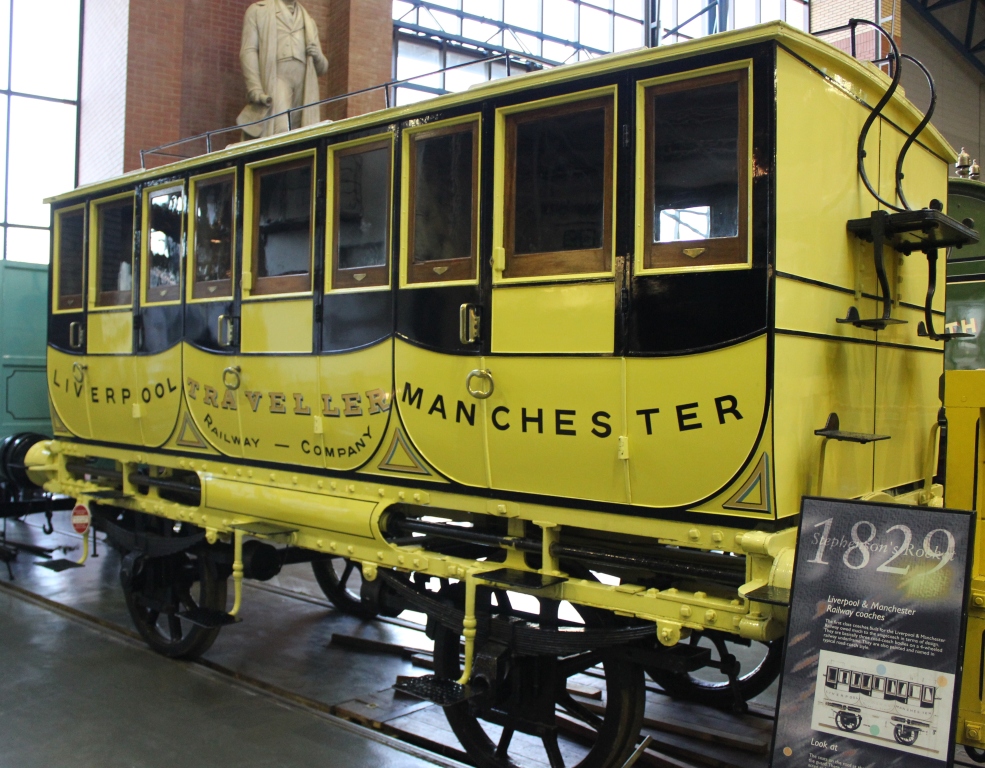
Standing in front of a handsome yellow-and-black replica of a carriage from the Liverpool Manchester Railway, I learnt that the early designs were essentially stage-coach carriages mounted together to create carriages of compartments. Little had changed by 1863 because corridors wouldn’t come until much later. I also saw that first class was relatively plush, with upholstered seats, and third class had at least progressed enough to have a roof; but both were cramped, especially given the voluminous nature of the clothing in those days, and had minimal heating and lighting.
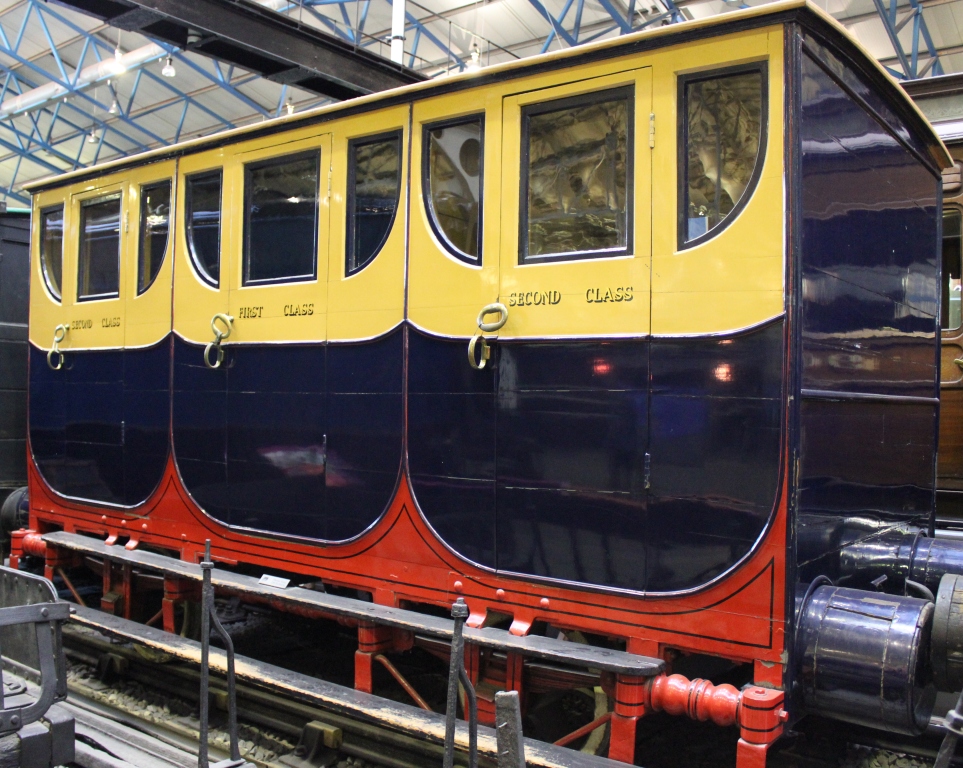
And I truly realised how intrepid that journey must have been for Miss Jemima & Co. She might have been travelling a couple of decades into the railway revolution but she was still a few decades away from the comfort and speed of the Belle Époque, when well-dressed Edwardians gallivanted around Europe with their Bradshaw in hand. While it wasn’t rafting down the Amazon, her train trip to Switzerland was certainly an adventure.
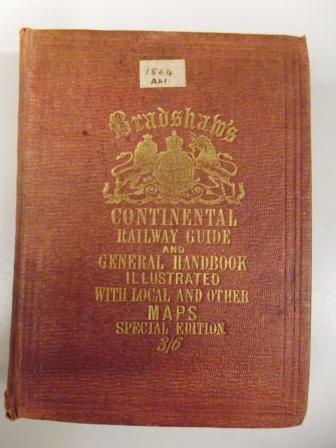
Travelling across France, she railed against the small stuffy carriages that left her feeling parboiled, and actually welcomed the frequent long stops. They were there for the train to take on water, but it gave the passengers a chance to do the opposite: toilets didn’t arrive on trains until the 1880s. But she was greatly impressed by the trains in Switzerland: “The Swiss undoubtedly understand and believe in comfortable railway travelling”. She was writing about Swiss railways before they were famous, before they were the most used train system in the world, but her words are just as true today.
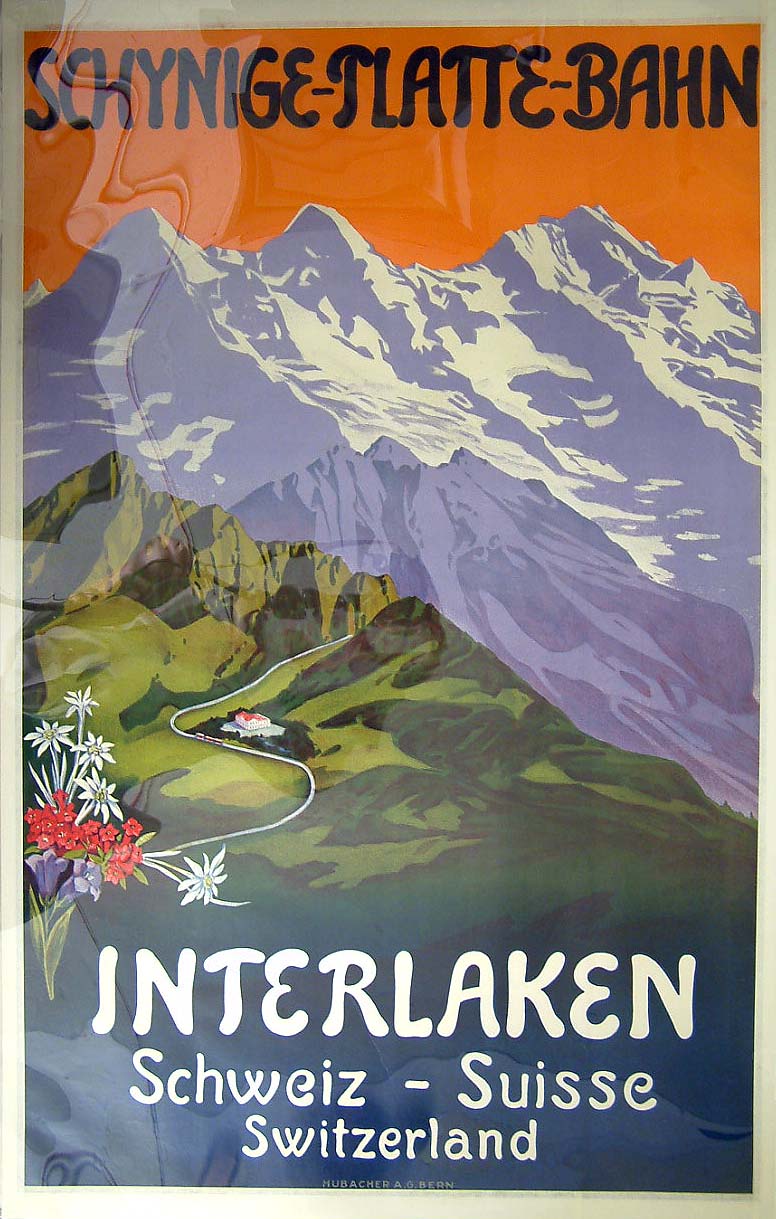
Delving into the past isn’t easy if you’re looking back to a time and place that wasn’t famous. If 1863 is remembered for anything in transport history, then it’s for the opening of the London Underground. But for me that year will now always be the one when Miss Jemima took a train to Switzerland. And I went with her.
This was a guest post by author Diccon Bewes.
Slow Train to Switzerland is available to buy in all good bookshops or online. For more information see www.dicconbewes.com
The quoted ‘An original 1834 Bodmin and Wadebridge Railway composite carriage at the National Railway Museum’ Is most likely incorrect, this vehicle is more likely to be that imported (by Sea) along with the first of the famous 2-4-0Tanks by the LSWR for directors to view their, at that time, isolated Railway. The coach is most probably a former London and Southampton Railway vehicle.
Beautiful exhibits!